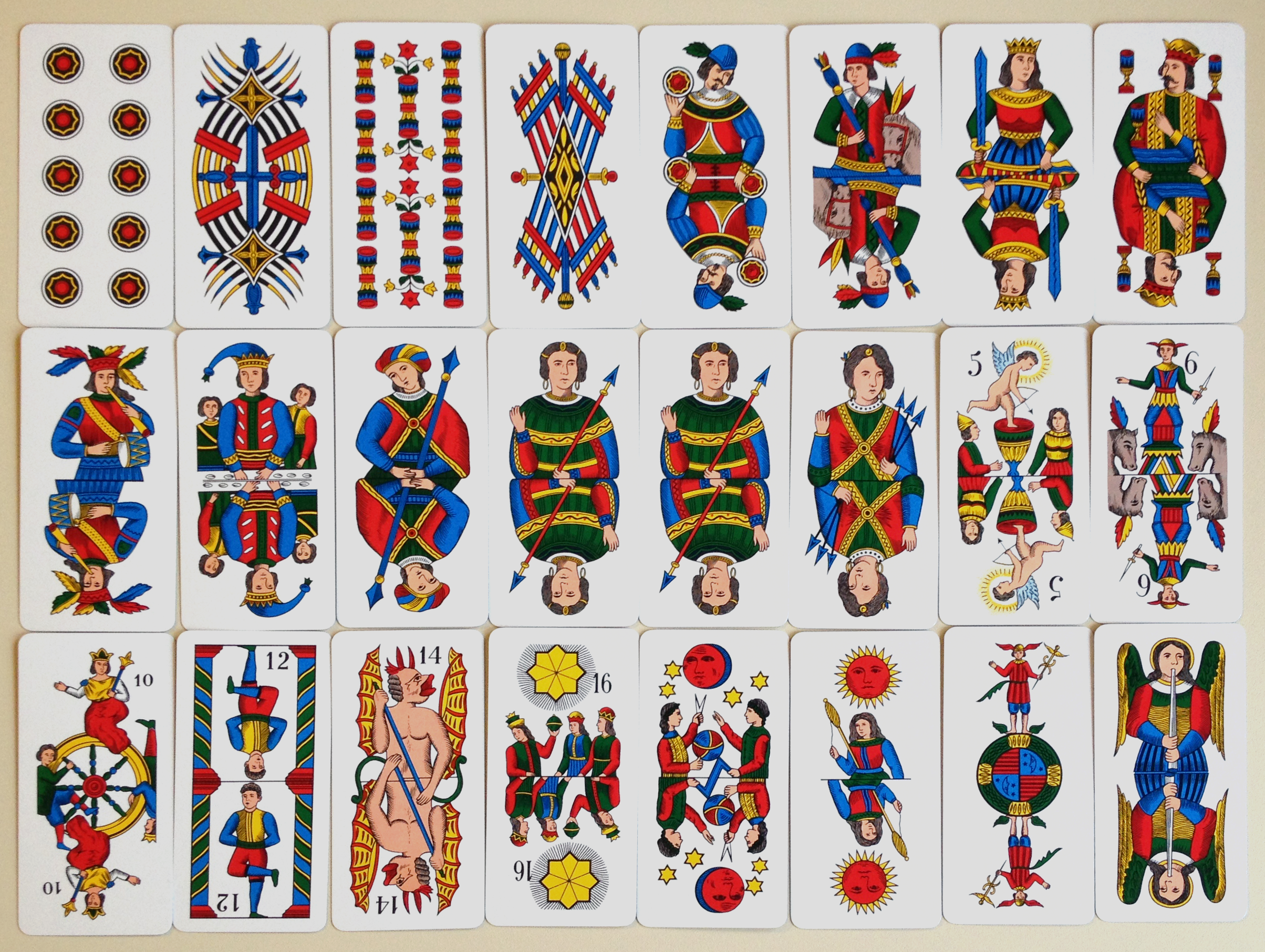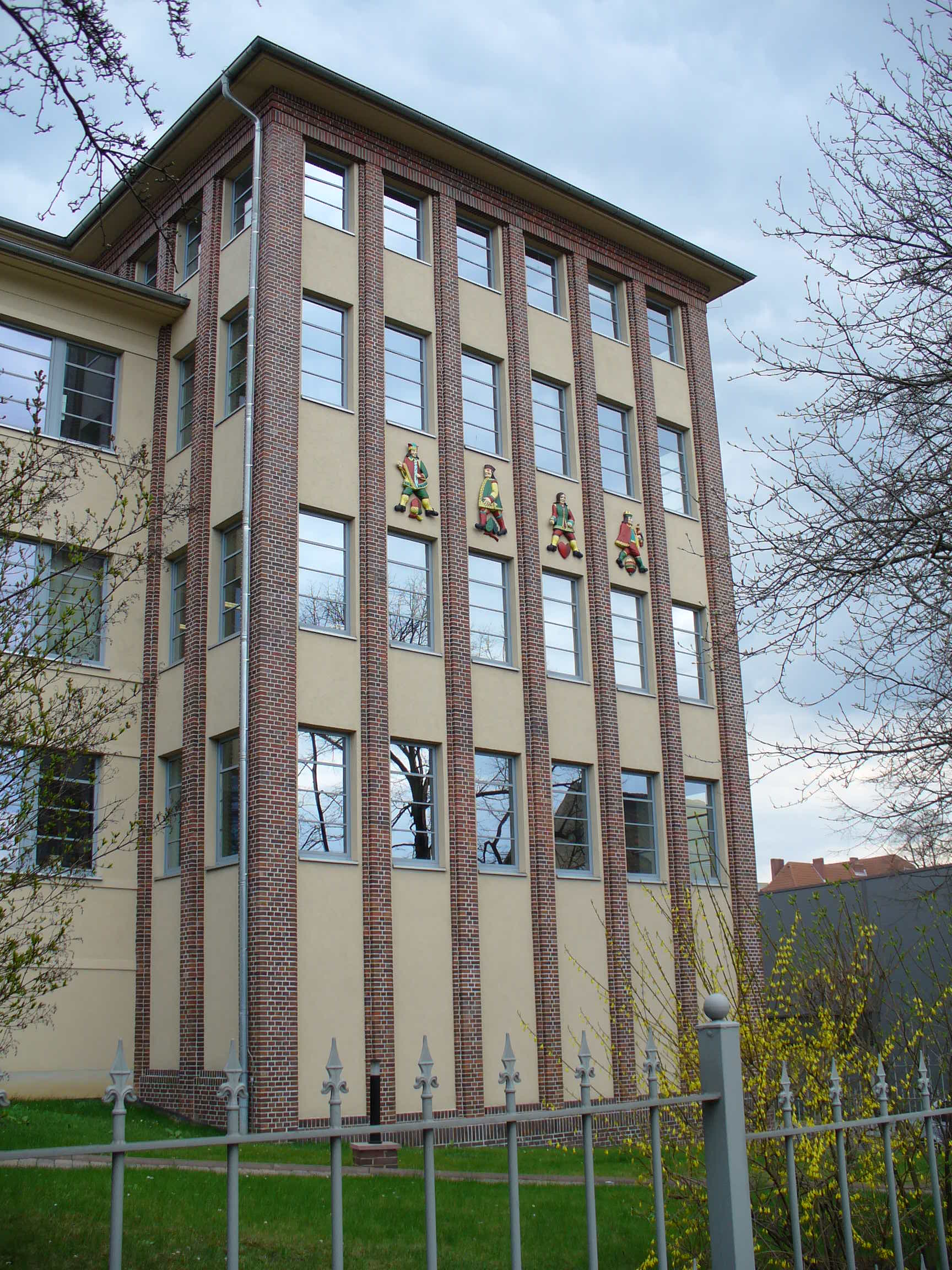|
C.L. Wüst
C.L. Wüst was a German playing card manufacturer that was founded by Conrad Ludwig Wüst in 1819 and was active until 1927. History Conrad Wüst was born around 1783. In 1811, he was granted a licence to start up a cardmaking business in the German city of Frankfurt am Main that was to last over a century. Initially the company made card products for numerous purposes, but over time the manufacture of playing cards became dominant and Wüst used his connexions with the theatre scene in Frankfurt to create cards incorporating images of well-known actors and actresses which further boosted sales.''C.L. Wüst, 1811 - 1927'' at wopc.co.uk. Retrieved 11 September 2022. Conrad Wüst capitalised on new technology by upgrading his works with a steam-powered |
Frankfurt Am Main
Frankfurt, officially Frankfurt am Main (; Hessian dialects, Hessian: , "Franks, Frank ford (crossing), ford on the Main (river), Main"), is the most populous city in the States of Germany, German state of Hesse. Its 791,000 inhabitants as of 2022 make it the List of cities in Germany by population, fifth-most populous city in Germany. Located on its namesake Main (river), Main River, it forms a continuous conurbation with the neighboring city of Offenbach am Main and Frankfurt Rhein-Main Regional Authority, its urban area has a population of over 2.3 million. The city is the heart of the larger Rhine-Main metropolitan region, which has a population of more than 5.6 million and is Germany's Metropolitan regions in Germany, second-largest metropolitan region after the Rhine-Ruhr region. Frankfurt's central business district, the Bankenviertel, lies about northwest of the geographic centre of the EU, geographic center of the EU at Gadheim, Lower Franconia. Like France and Franc ... [...More Info...] [...Related Items...] OR: [Wikipedia] [Google] [Baidu] |
Printing Press
A printing press is a mechanical device for applying pressure to an inked surface resting upon a print medium (such as paper or cloth), thereby transferring the ink. It marked a dramatic improvement on earlier printing methods in which the cloth, paper or other medium was brushed or rubbed repeatedly to achieve the transfer of ink, and accelerated the process. Typically used for texts, the invention and global spread of the printing press was one of the most influential events in the second millennium. In Germany, around 1440, goldsmith Johannes Gutenberg invented the movable-type printing press, which started the Printing Revolution. Modelled on the design of existing screw presses, a single Renaissance movable-type printing press could produce up to 3,600 pages per workday, compared to forty by hand-printing and a few by hand-copying. Gutenberg's newly devised hand mould made possible the precise and rapid creation of metal movable type in large quantities. His two ... [...More Info...] [...Related Items...] OR: [Wikipedia] [Google] [Baidu] |
Lithography
Lithography () is a planographic method of printing originally based on the immiscibility of oil and water. The printing is from a stone ( lithographic limestone) or a metal plate with a smooth surface. It was invented in 1796 by the German author and actor Alois Senefelder and was initially used mostly for musical scores and maps.Meggs, Philip B. A History of Graphic Design. (1998) John Wiley & Sons, Inc. p 146 Carter, Rob, Ben Day, Philip Meggs. Typographic Design: Form and Communication, Third Edition. (2002) John Wiley & Sons, Inc. p 11 Lithography can be used to print text or images onto paper or other suitable material. A lithograph is something printed by lithography, but this term is only used for fine art prints and some other, mostly older, types of printed matter, not for those made by modern commercial lithography. Originally, the image to be printed was drawn with a greasy substance, such as oil, fat, or wax onto the surface of a smooth and flat limestone pl ... [...More Info...] [...Related Items...] OR: [Wikipedia] [Google] [Baidu] |
Great Exhibition
The Great Exhibition of the Works of Industry of All Nations, also known as the Great Exhibition or the Crystal Palace Exhibition (in reference to the temporary structure in which it was held), was an international exhibition which took place in Hyde Park, London, from 1 May to 15 October, 1851. It was the first in a series of World's Fairs, exhibitions of culture and industry that became popular in the 19th century. The event was organised by Henry Cole and Prince Albert, husband of Victoria, Queen of the United Kingdom. Famous people of the time attended the Great Exhibition, including Charles Darwin, Karl Marx, Michael Faraday (who assisted with the planning and judging of exhibits), Samuel Colt, members of the Orléanist Royal Family and the writers Charlotte Brontë, Charles Dickens, Lewis Carroll, George Eliot, Alfred Tennyson and William Makepeace Thackeray. The opening music, under the superintendence of William Sterndale Bennett, was directed by Sir ... [...More Info...] [...Related Items...] OR: [Wikipedia] [Google] [Baidu] |
Crystal Palace, England
Crystal Palace is an area in south London, England, named after the Crystal Palace Exhibition building, which stood in the area from 1854 until it was destroyed by fire in 1936. Approximately south-east of Charing Cross, it includes one of the highest points in London, at , offering views over the capital. The area has no defined boundaries and straddles five London boroughs and three postal districts, although there is a Crystal Palace electoral ward and Crystal Palace Park in the London Borough of Bromley. It forms a part of the greater area known as Upper Norwood, and is contiguous with the areas of Anerley, Dulwich Wood, Gipsy Hill, Penge, South Norwood and Sydenham. Until development began in the 19th century, and before the arrival of the Crystal Palace, the area was known as Sydenham Hill. The Norwood Ridge and an historic oak tree were used to mark parish boundaries. The area is represented by three parliamentary constituencies, four London Assembly constituen ... [...More Info...] [...Related Items...] OR: [Wikipedia] [Google] [Baidu] |
Baden
Baden (; ) is a historical territory in South Germany, in earlier times on both sides of the Upper Rhine but since the Napoleonic Wars only East of the Rhine. History The margraves of Baden originated from the House of Zähringen. Baden is named after the margraves' residence, in Baden-Baden. Hermann II of Baden first claimed the title of Margrave of Baden in 1112. A united Margraviate of Baden existed from this time until 1535, when it was split into the two Margraviates of Baden-Durlach and Baden-Baden. Following a devastating fire in Baden-Baden in 1689, the capital was moved to Rastatt. The two parts were reunited in 1771 under Margrave Charles Frederick. The restored Margraviate with its capital Karlsruhe was elevated to the status of electorate in 1803. In 1806, the Electorate of Baden, receiving territorial additions, became the Grand Duchy of Baden. The Grand Duchy of Baden was a state within the German Confederation until 1866 and the German Empire u ... [...More Info...] [...Related Items...] OR: [Wikipedia] [Google] [Baidu] |
Tarot Game
Tarot games are card games played with tarot decks, that is, decks with numbered permanent trumps parallel to the suit cards. The games and decks which English-speakers call by the French name Tarot are called Tarocchi in the original Italian, Tarock in German and various similar words in other languages. The basic rules first appeared in the manuscript of Martiano da Tortona, written before 1425. The games are known in many variations, mostly cultural and regional. Tarot games originated in Italy, and spread to most parts of Europe, notable exceptions being the British Isles, the Iberian peninsula, and the Balkans.David Parlett, ''Oxford Dictionary of Card Games'', pg. 300 Oxford University Press (1996) They are played with decks having four ordinary suits, and one additional, longer suit of tarots, which are always trumps. They are characterised by the rule that a player who cannot follow to a trick with a card of the suit led ''must'' play a trump to the trick if possible. ... [...More Info...] [...Related Items...] OR: [Wikipedia] [Google] [Baidu] |
Cego
Cego is a Tarot game for three or four players played with eponymous German Tarot playing cards. The game was probably derived from the three-player Badenese tarot game of Dreierles after soldiers returned from the Iberian Peninsula during the Napoleonic Wars and, based on Spanish games they had encountered there, introduced Cego's distinctive feature: a concealed hand, or blind, called the ''Blinde'' (Spanish: ''ciego'', Portuguese: ''cego''). Cego has been called the national game of Baden and described as a "family classic". History and development Sometimes called Baden Tarock (german: Badisches Tarock), historically also Zeco, Zego, Zigo, Caeco, Cäco and Ceco ( la, caecus, meaning blind), Cego is seen as part of the cultural heritage of the Black Forest and South Baden region.''Cego - Regeln'' at cego.de. Retrieved 17 May 2020. After the defeat of [...More Info...] [...Related Items...] OR: [Wikipedia] [Google] [Baidu] |
Bourgeois Tarot
The Bourgeois Tarot deck is a mid-19th century pattern of tarot cards of German origin that is still used for playing card games today in western Europe and Canada. It is not designed for divinatory purposes.''Bourgeois Tarot by Piatnik 1987'' at wopc.co.uk. Retrieved 11 Septemberg 2022. This deck is most commonly found in , Belgian , Swiss and Canadian |
ASS Altenburger
ASS Altenburger is since 2003 the trademark of the German playing card manufacturer Spielkartenfabrik Altenburg, based in the town of Altenburg. The firm is owned by Cartamundi, of Turnhout, Belgium. ASS (''Altenburger und Stralsunder Spielkartenfabrik'') claims to be the market leader in Germany for playing cards. Every year almost 40 million packs of cards of many different types are manufactured in Altenburg.Annika Ross: ''Wie ein Spiel entsteht''. Interview mit Sandra Thielbeer, Produktmanagerin und -entwicklerin der Spielkartenfabrik ASS Altenburger. In: Leipziger Volkszeitung, 28 April 2017, page 27 (children's page), six-column entry. It also says there: "Immer, wenn man ein Spiel kauft, in dem Karten vorkommen, ist die Chance groß, dass die Karten hier aus Altenburg kommen." ("Whenever you buy a game in which cards are used, the chances are high that the cards came from here in Altenburg.") History The history of ASS Altenburger begins at two locations in Germany: Stral ... [...More Info...] [...Related Items...] OR: [Wikipedia] [Google] [Baidu] |
Playing Card Manufacturers
Play is a range of intrinsically motivated activities done for recreational pleasure and enjoyment. Play is commonly associated with children and juvenile-level activities, but may be engaged in at any life stage, and among other higher-functioning animals as well, most notably mammals and birds. Many prominent researchers in the field of psychology, including Melanie Klein, Jean Piaget, William James, Sigmund Freud, Carl Jung and Lev Vygotsky have erroneously viewed play as confined to the human species, believing play was important for human development and using different research methods to prove their theories. Play is often interpreted as frivolous; yet the player can be intently focused on their objective, particularly when play is structured and goal-oriented, as in a game. Accordingly, play can range from relaxed, free-spirited and spontaneous through frivolous to planned or even compulsive. Play is not just a pastime activity; it has the potential to serve as an impor ... [...More Info...] [...Related Items...] OR: [Wikipedia] [Google] [Baidu] |

.jpg)






